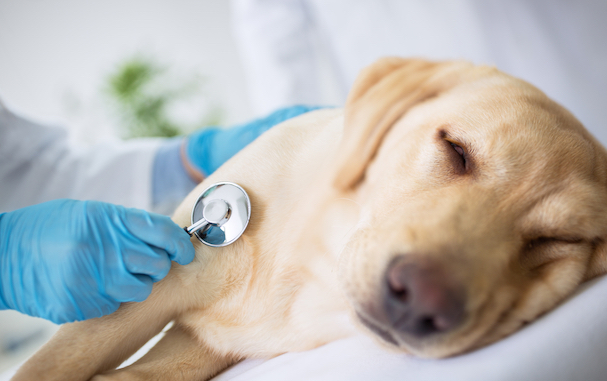A seizure is probably the last thing you want your dog to experience, but there is a chance it can happen depending on the breed, genes, and age of your dog. In this article I’ll be discussing the causes of seizures, signs/symptoms, what to do if your dog has a seizure, and if there’s a way to prevent them.
What Causes Dog Seizures?
Seizures can have various causes, including:
- Epilepsy (which can be genetic)
- Brain tumors
- Head injuries
- Infections
- Autoimmune disease
- Toxins

Signs/symptoms
When most people think of a seizure, they think of uncontrollable shaking. But that’s not always the case. Dogs don’t always experience the same seizure symptoms either. If you see any of these signs, make sure to take your dog to the vet. Here are several signs to look out for if your dog ever has a seizure.
Unusual behavior– Your dog may start acting weird as if they’re confused, disoriented, or anxious. They may even begin staring at nothing in particular with a blank expression. Your dog may also collapse out of nowhere.
Stiffening of the muscles– Their body may become stiff and unmoving.

Twitching or jerking movements– These movements will typically happen within the face and limbs.
Convulsions– This is the uncontrollable shaking I mentioned earlier in this section. Their whole body will begin to shake, and they may even lose consciousness as a result.
Weird mouth behavior– They may drool excessively or foam at the mouth. Your dog may even start doing weird things with their tongue, such as chewing it.
Loss of bowel or bladder control– There’s also a possibility your dog may relieve themselves out of nowhere.

What to do
If your dog is prone to seizures, it’s important to know what to do to help them feel as comfortable as possible.
- It’s important to remain calm. If your dog sees you freaking out, then they’ll be feeling more anxious than they already are. When you’re calm and soothing them with your voice, they’ll feel much better. Sit down with them and rub their back and head gently as well.
- It’s important to time their seizure(s). This will let you know how severe the seizure may be. If it’s above two minutes, then it’s something to keep an eye on. If it’s five minutes or higher, it’s very severe.
- If this is the first time your dog has a seizure then you need to take them to the vet right away. The doctor will explain what the best treatment will be for your dog, and what to do if this happens again. If you know that your dog is prone to seizures already, and they have one that’s longer than five minutes then you need to go to the vet immediately.

These three points are the minimum suggestions on how to help your dog during a seizure. For more detailed information, contact your dog’s veterinarian.
Prevention?
Unfortunately some seizures cannot be prevented, but incorporating a healthy lifestyle for your dog will help if they’re prone to seizures. It’s important to discuss with your vet about ways to better help your dog. This can include nutrition plans, exercises, and how to manage their stress.


